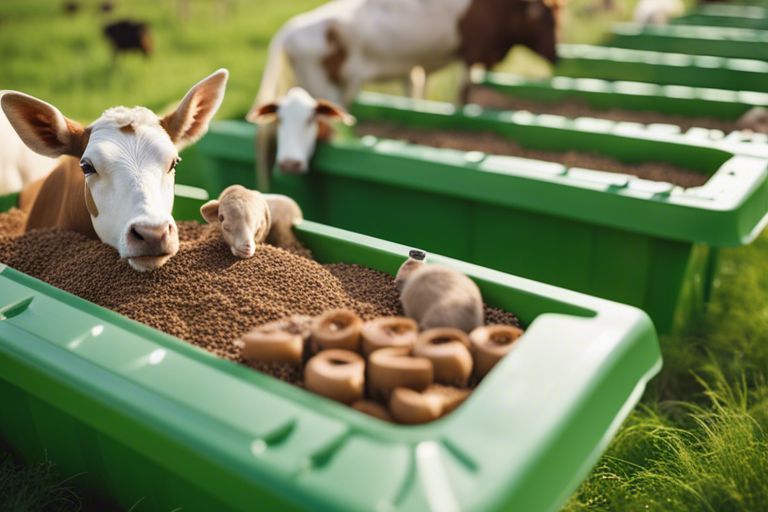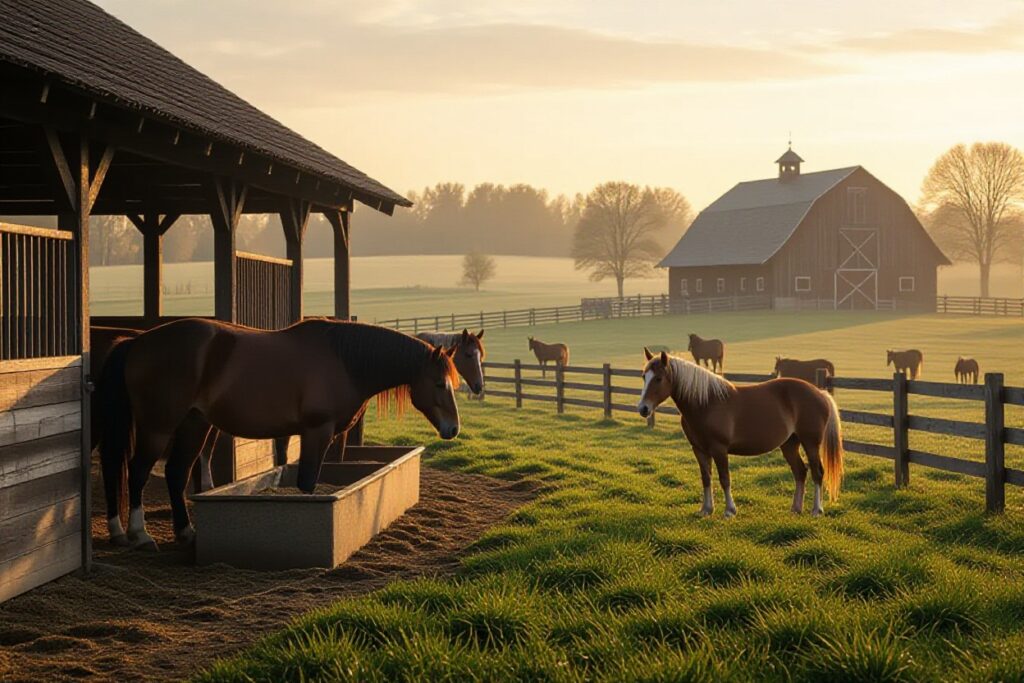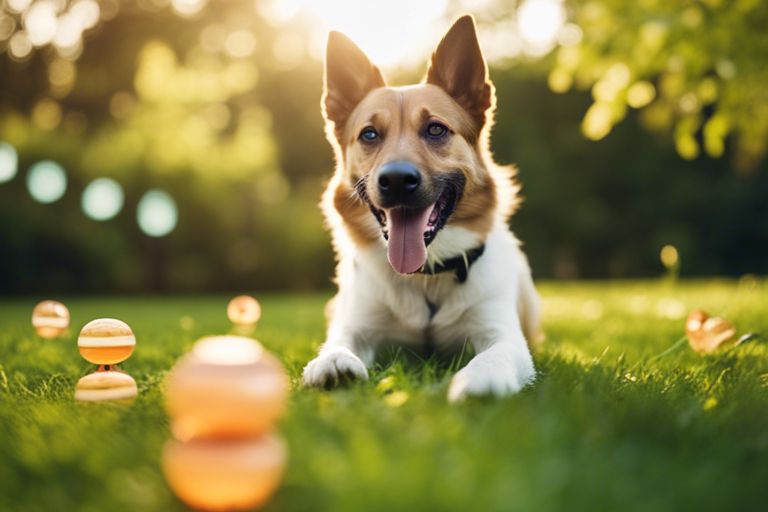With the increasing focus on sustainability and environmentally-friendly practices, it is more important than ever for farmers and ranchers to develop a sustainable feed plan for their livestock. Just like Volkswagen’s shift towards electric vehicles to reduce their environmental impact, livestock owners must make conscious decisions to ensure the well-being of their animals and the planet. In this blog post, we will explore the key components of creating a sustainable feed plan that not only benefits your livestock but also minimizes waste and promotes ecological balance. Let’s probe into how you can make a positive impact on your farm while maintaining healthy and thriving livestock.
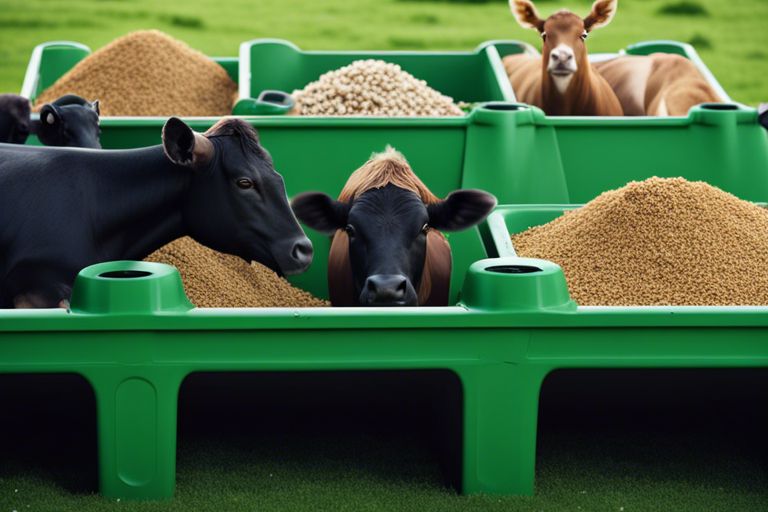
Understanding Sustainable Livestock Feeding
The Importance of Sustainability in Livestock Production
For livestock producers, sustainability is crucial to ensure the long-term success and viability of their operations. Sustainable practices not only benefit the environment but also contribute to the profitability and resilience of the farm. By minimizing the impact on natural resources, reducing waste, and promoting animal welfare, farmers can create a more sustainable food system for the future.
What Constitutes a Sustainable Feed Plan?
What makes a feed plan sustainable? A sustainable feed plan is one that takes into account the nutritional needs of the livestock, the environmental impact of feed production, and the economic feasibility for the farmer. It involves using locally sourced ingredients when possible, optimizing feed efficiency, and minimizing waste. By adopting practices such as rotational grazing, incorporating alternative protein sources, and reducing reliance on imported feed, farmers can create a more sustainable feed plan.
Another aspect to consider in a sustainable feed plan is the use of byproducts from food processing industries. Utilizing byproducts such as brewers’ grains, whey, and citrus pulp can not only reduce waste but also provide nutritious feed options for livestock. By incorporating these byproducts, farmers can create a more circular and sustainable food system.
Components of a Sustainable Feed Plan
Nutritional Requirements of Livestock
One of the key components of a sustainable feed plan is understanding the nutritional requirements of your livestock. Different animals have specific needs when it comes to protein, carbohydrates, vitamins, and minerals to maintain their health and productivity. A well-balanced diet ensures that your animals are healthy and thriving, ultimately reducing the need for medical interventions and increasing overall sustainability.
Locally-sourced and Eco-friendly Feed Options
The key to a sustainable feed plan is utilizing locally-sourced and eco-friendly feed options. By sourcing feed from local farmers or growing it on your own land, you reduce the carbon footprint associated with transporting feed long distances. Additionally, choosing eco-friendly feed options such as organic or non-GMO feed not only benefits the environment but also ensures the health and well-being of your livestock.
Requirements for animal feed continue to evolve as the agricultural industry shifts towards more sustainable practices. By incorporating locally-sourced and eco-friendly feed options into your livestock’s diet, you not only promote environmental stewardship but also set a strong foundation for the overall health and productivity of your animals.
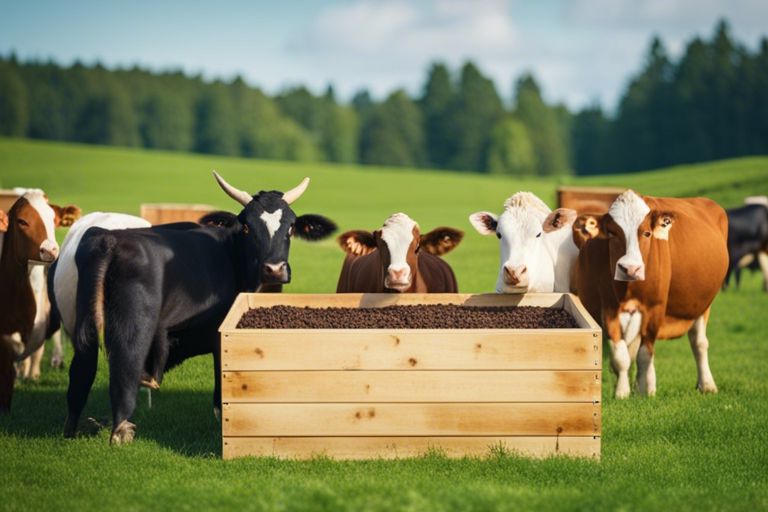
Implementing Your Sustainable Feed Plan
Managing Feed Resources Efficiently
Now is the time to focus on managing your feed resources efficiently. Your goal should be to minimize waste and ensure that your livestock are getting the nutrition they need without overfeeding. Implement strategies such as proper storage methods, portion control, and regular inventory checks to make the most of your feed resources.
Monitoring and Adjusting the Feed Plan
Efficiently monitoring and adjusting your feed plan is crucial for the sustainability of your livestock operation. Keep a close eye on the condition of your animals, their growth rates, and their overall health to determine if any adjustments need to be made to their feed plan. Regularly review your feed inventory, production goals, and any changes in the nutritional requirements of your livestock to ensure that your feed plan remains effective.
With sustainability at the core of your feed plan, monitoring and adjusting are ongoing processes that require attention to detail and a proactive approach. Consider factors such as seasonal changes, market fluctuations, and any new research findings in animal nutrition to continuously optimize your feed plan for the well-being of your livestock and the environment.
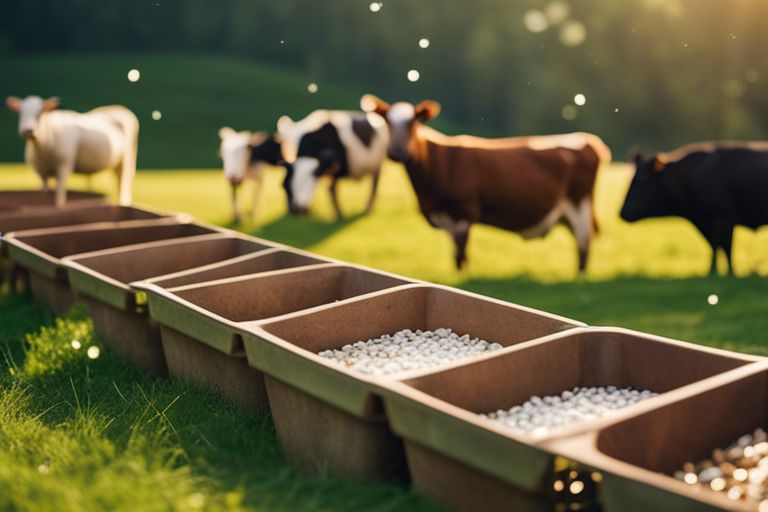
Challenges and Solutions in Sustainable Feeding
Dealing with Feed Shortages and Market Fluctuations
Challenges often arise when dealing with feed shortages and market fluctuations in sustaining livestock feeding practices. Fluctuations in market prices can make it difficult to secure affordable and consistent feed sources for your animals, leading to potential nutritional deficiencies and health issues. To address this challenge, consider diversifying your feed sources, establishing relationships with local farmers, and investing in on-farm storage solutions to mitigate the impact of shortages and price fluctuations.
Adapting to Climate Change and Environmental Pressures
Climate change and environmental pressures present significant challenges to sustainable livestock feeding. Adapting to these changes requires a proactive approach, including implementing water conservation strategies, crop diversification, and adopting resilient livestock breeds that can thrive in changing environmental conditions. Additionally, incorporating sustainable farming practices such as rotational grazing and agroforestry can help mitigate the impact of climate change on feed production and availability.
Final Words
To wrap up, creating a sustainable feed plan for your livestock is crucial for their health, productivity, and overall well-being. By carefully considering their nutritional requirements, sourcing high-quality feed ingredients, and managing feeding schedules efficiently, you can ensure that your animals receive the balanced diet they need to thrive. Remember to regularly review and adjust your feed plan based on seasonal changes, growth stages, or specific health concerns to maintain optimal performance and sustainability in your livestock operation.
FAQ
Q: Why is creating a sustainable feed plan important for livestock?
A: Creating a sustainable feed plan is crucial for ensuring the health and well-being of your livestock, as well as maximizing productivity and efficiency on your farm.
Q: What factors should be considered when developing a feed plan for livestock?
A: When developing a feed plan for your livestock, you should consider the nutritional requirements of each species, the availability of feed sources, seasonal variations, and any specific dietary needs of individual animals.
Q: How can I determine the nutritional requirements of my livestock?
A: Nutritional requirements for livestock vary depending on species, age, weight, and stage of production. Consult with a veterinarian or nutritionist to determine the specific dietary needs of your animals.
Q: What are some sustainable feed options for livestock?
A: Sustainable feed options for livestock include pasture grazing, hay, silage, and grains that are locally sourced and minimally processed. Using feed that is grown on your own farm or sourced from nearby reduces transportation emissions and supports local agriculture.
Q: How can I reduce feed waste on my farm?
A: To reduce feed waste on your farm, store feed in airtight containers to prevent spoilage, feed animals in controlled environments to avoid trampling and contamination, and carefully measure out portions to prevent overfeeding.
Q: What role does water play in a sustainable feed plan for livestock?
A: Water is imperative for digestion, nutrient absorption, and overall health in livestock. Ensure that your animals have access to clean, fresh water at all times, and consider water conservation strategies on your farm to reduce waste.
Q: How often should I review and adjust my feed plan for livestock?
A: It is recommended to review and adjust your feed plan for livestock regularly, at least seasonally, to account for changes in nutrient requirements, feed availability, and animal health. Consult with a professional if you are unsure about making adjustments to your feed plan.
